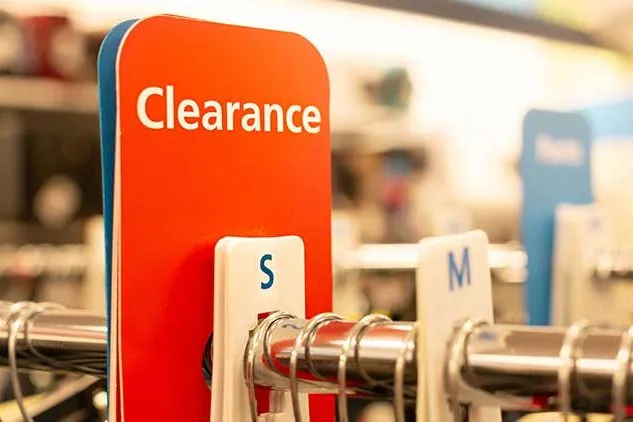What to Do With Dead Inventory

Now that the holidays are over, you’ve got to figure out a way to get rid of all the excess inventory that customers aren’t going to buy. Christmas decorations, wrapping paper, and holiday sweaters are only scratching the surface too. In those returned boxes, you’ve likely got clothing items that are going out of style, movies and video games that are no longer desirable, and toys that were never popular with kids.
What do you do with all of this dead inventory as you head into a new season? We discuss 4 ways below.
Use Products as “Freebies”
While certain products may not be in hot demand, they can be used as benefits for shoppers who make more expensive purchases. For instance, you can throw in a free movie for purchases over $50 or include low or mid-ticket items alongside current high-ticket items.
At the same time, you can also use dead stock to boost the value of moderately popular items — and thus decrease the likelihood of future product waste. This might mean bundling an obsolete clothing item with new items that are currently underperforming to get both out the door or simply offering the choice of a bonus product with certain purchases.
Market Sales & Deals Strategically
Inevitably, most unpopular inventory will end up on clearance racks before they’re pulled from the shelves permanently. However, without proper marketing, these items can go unnoticed and unsold for those last few critical weeks.
Creating impactful marketing campaigns can help spur interest in your outdated products by highlighting them specifically to online and in-store spaces. For example, you might create website banners and pop-ups on your eCommerce site to draw attention to sale items, send coupons to email and text message subscribers, or create signs to catch your customers’ attention as they wander your aisles.
Move Products to Popular Locations
Just because a product isn’t selling in a particular location, doesn’t mean it isn’t selling at all. But if your inventory is segmented and siloed by location, you’re not going to know either way.
Using an omnichannel OMS, you can view your inventory organization-wide and see exactly what’s selling where and when. This enables you to better manage your inventory, as it highlights areas you might move products to get them sold. As an example, if a certain product has underperformed in a more rural location, but has sold out in a nearby city, you can see all of that activity from a single platform. And with that information, you can manage, direct and move the unpopular inventory to the area where people are more likely to buy it.
Donate Products to Charity
Though not ideal, there comes a point when unsold products just need to leave your fulfillment centers to make room for new inventory. When this happens, you can either try to haggle with your suppliers, in the hopes that they’ll buy back the items and minimize your loss, or you can donate the products to a charity you support.
The benefit of choosing a donation is that, in many cases, you can write off the donation on your taxes. And while this may not necessarily mean tax refunds, it can decrease the amount you owe when tax season rolls around.
Dead inventory doesn’t just eat up space, it also costs a significant amount of capital. Fortunately, by bundling your dead stock with current products on your shelves, advertising deals on multiple channels, moving inventory around your fulfillment centers and storefronts, and donating excess products to charity, you can minimize (and sometimes even capitalize) on the outdated inventory.
